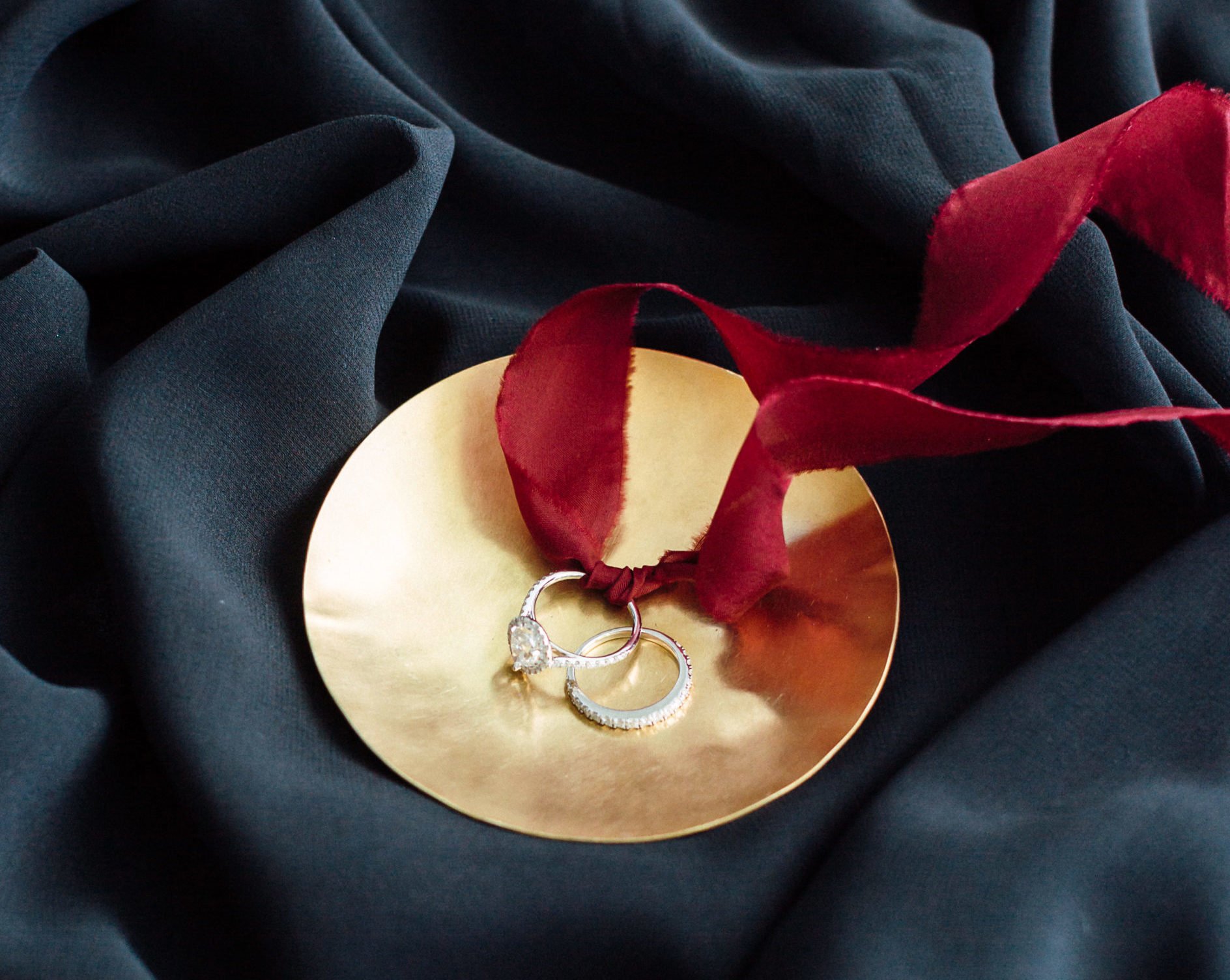Whether for budget, humanitarian, or ecological reasons, many people have turned to a lab-created diamond for their engagement ring.
Studies estimate that an average of 1,750 tons of earth must be removed for every one-carat rough diamond. As with coal mining, the result is untold devastation to the soil, water, and wildlife, as well as the native peoples, who can no longer farm or even live around the resulting open-pit mines.

Less-destructive solution
Therefore, many couples have sought an alternative. The answer is lab-grown diamonds, created in a high-pressure, high-heat device in a laboratory. Instead of taking millions of years to produce, they’re made in a matter of weeks.
This is not a perfect solution, because it takes a great deal of energy in the lab to create a diamond, but they’re available in every cut and style. And unlike their natural counterparts, they’re sustainable and conflict-free.
But is it real?
The resulting stones so perfectly mimic the real thing that only a jeweler can tell the difference. Made of pure crystallized carbon, just like natural stones, the only difference is a microscopic inscription identifying them as man-made.
“Lab-grown diamonds and natural diamonds have identical physical, chemical, and optical properties,” gemologist Brittany Bozmoski Kohnke told Bride’s magazine.
“Lab-grown diamonds are real diamonds,” she said, “made of carbon and graded by the same 4C standards as mined diamonds.”
They’re graded to the same standards as traditional diamonds and certified by the Gemological Institute of America (GIA).

Other advantages
You will also pay 30-70 percent less for a lab-created diamond than a mined stone. While diamond prices fluctuate, the current cost of a lab diamond is between $1,000 and $2,000, depending on the grade.
Lab-created diamonds are as strong as real diamonds, and rate the same 10 points on the Mohs Hardness Scale.
Their resale value is comparable to natural diamonds, which is to say they lose about the same 30-70 percent in value once they leave the jeweler’s, just like a new car. For example, Money Nation found a natural one-carat white-gold diamond ring that retails for $10,000 at J.C. Penney on sale for $799 on eBay.
So when you’re shopping for an engagement ring, think of a more sustainable alternative to natural diamonds.
And when you’re looking for a Miami wedding venue, look no farther than the Historic Alfred I. duPont Building for an uncommon venue for uncommon people.
